
Why Top Tuning Shops Choose Hyper Power Dynamometers
Tune into the unparalleled precision and power optimization that top tuning shops crave with Hyper Power Dynamometers – setting a new standard in performance enhancement.
Inertia dynamometers measure rates of acceleration, while loading dynamometers apply controlled loads. Inertia dynos are ideal for quick power assessments, while loading dynos excel in precise load control for tuning. They cater to different testing needs based on speed and accuracy preferences.
Understanding these distinctions is vital when choosing the appropriate one for specific testing objectives. To explore further details on how these dynamometers vary, continue examining the principles and applications that differentiate them.
Inertia Dynamometer Principles
Inertia dynamometer principles entail accurately measuring power by assessing the acceleration of a known mass load. These dynamometers replicate the inertial forces experienced by vehicles during acceleration, providing real-time data on power output. By initiating their testing range above idle position and progressing to maximum RPM, inertia dynos offer a more realistic simulation of dynamic driving conditions for precise power measurement.
Picture your car at full throttle, speeding down the motorway. At that moment, the inertia dynamometer is at work, computing the power your vehicle produces by analysing how rapidly a known mass load accelerates. This method enables the precise calculation of power output under dynamic driving conditions, ensuring you receive an exact understanding of your vehicle's performance. From idle speeds to maximum RPM, the inertia dynamometer captures everything, offering valuable insights into your car's capabilities.
Loading Dynamometer Principles
Utilising resistance applied to rollers, Loading Dynamometers employ strain gauges to accurately measure force and calculate horsepower, providing precise output measurements at the wheel location. These dynamometers are crucial tools for testing engines and determining their performance under load conditions.
Here are three key principles of Loading Dynamometers:
Power Measurement Discrepancies
When comparing power measurement techniques between inertia and loading dynamometers, a key difference arises in how each type calculates and evaluates power output. Inertia dynamometers use factors like acceleration and mass to determine power, simulating the sensation of acceleration on the road. In contrast, loading dynamometers apply resistance to the engine, measuring power through torque and RPM for a more precise representation of real-world conditions.
Inertia dynamometers calculate force based on the acceleration and mass of rotating drums, while loading dynamometers use strain gauges to measure the force exerted. While inertia dynamometers are commonly used for quick power assessments and diagnostic purposes due to their simplicity, loading dynamometers are ideal for accurate tuning and testing under varying load conditions. Recognising these differences in power measurement methods highlights the distinct advantages of each type of dynamometer and their suitability for different testing requirements.
In testing real-world conditions, precision is essential in grasping how vehicles perform in practical scenarios.
Evaluating performance under load is vital for gauging how engines respond to varying levels of resistance.
Moreover, dynamometers aid in evaluating the environmental impact of vehicles by offering insights into power output changes under different conditions.
Real-World Simulation Precision
Real-world simulation precision in dynamometer testing involves replicating driving conditions to evaluate engine performance under load and acceleration scenarios. When testing engines to mimic real-world conditions, several crucial factors play a vital role:
Performance Under Load
Performance during stress testing offers valuable insights into engine behaviour in realistic driving conditions, providing a thorough understanding of engine performance under varying load demands. Inertia dynamometers are adept at replicating acceleration performance, delivering swift and cost-efficient baseline power measurements. Conversely, loading dynamometers excel in mirroring real-world driving conditions, allowing for precise engine tuning under specific load requirements. Testing under load conditions enables the optimisation of engine efficiency through adjustments to fuel and ignition maps, ensuring engines operate at their best across diverse scenarios. Loading dynamometers are crucial for fine-tuning engines and play a pivotal role in achieving peak performance in different real-world driving situations.
Importance of Under Load Testing
Testing engines under load conditions is vital as it closely mimics how engines perform in actual driving scenarios, providing crucial insights for enhancing overall efficiency. By conducting tests under varying load demands, engineers can pinpoint areas for improvement in fuel consumption and ignition timing, resulting in finely tuned engines that deliver optimal performance. For instance, testing a turbocharged engine under load can reveal the ideal boost pressure levels for maximum power output, leading to enhanced performance on the road.
Benefits of Load Testing for Engine Optimization
Load testing is essential for optimising engine performance, as it allows for precise adjustments to be made to fuel and ignition parameters based on real-world load demands. This level of fine-tuning ensures that engines operate efficiently across a wide range of driving conditions, from city stop-and-go traffic to highway cruising. For example, using a loading dynamometer to test a high-performance sports car engine under different load scenarios can help engineers fine-tune the engine mapping for improved throttle response and overall drivability.
Utilizing Data from Load Testing for Peak Performance
The data obtained from load testing provides a comprehensive dataset for engine tuning, enabling engineers to make informed decisions that result in enhanced performance and efficiency. By analysing the data gathered under various load conditions, engineers can identify areas where improvements can be made to boost overall engine performance. For instance, analysing data from a loading dynamometer test on a diesel engine can reveal opportunities to adjust injection timing for better fuel efficiency and power output, leading to improved performance in real-world driving situations.
Environmental Impact Assessment
Engineers rely on environmental impact assessments using inertia and loading dynamometers to assess engine performance in real-world conditions and controlled loads. These dynamometers are crucial for evaluating how engines affect the environment. Here are three key considerations:
When comparing power output between inertia and loading dynamometers, discrepancies can be significant, impacting the assessment of a vehicle's performance.
Importance assessment methods play a vital role in grasping how each dynamometer handles loads and measures power output accurately.
Additionally, evaluating the load handling capabilities of both types of dynamometers is necessary to comprehend their respective strengths and limitations in performance testing.
Power Output Discrepancy Comparison
The difference in power output between inertia and loading dynamometers emphasises the significance of comprehending the variations in measurement techniques for precise performance assessment. Here are three crucial points to consider:
Methods for Evaluating Efficiency
Methods for evaluating efficiency play a crucial role in comparing the performance differences between inertia and loading dynamometers. Understanding the efficiency gap is key to accurately assessing and fine-tuning performance by looking at the power output readings from these dynamometers. Let's delve into a comparison table to outline the main variations between inertia and loading dynamometers in terms of efficiency:
| Aspect | Inertia Dynamometers | Loading Dynamometers |
|---|---|---|
| Power Output | Based on acceleration | Controlled load |
| Efficiency | – | – |
| Chassis Loss | – | – |
Load Handling Capabilities
Examining the performance differences between inertia and loading dynamometers, particularly in their load handling capabilities, reveals valuable insights into their efficiency in replicating real-world driving conditions.
The significance of accurate measurements and the simulation of road load conditions is evident. Load dynamometers are crucial for obtaining detailed data necessary for improving engine performance.
Factors to Consider when Selecting a Dynamometer Type for Your Application
When deciding on the most suitable dynamometer type for a particular application, it is crucial to take into account performance evaluation requirements and tuning precision. Inertia dynamometers are excellent for replicating road load conditions, making them ideal for tasks like emissions testing and certification. They offer a cost-effective solution for initial power measurements and require minimal maintenance, providing precise acceleration performance results.
On the other hand, loading dynamometers excel in delivering accurate and consistent results crucial for fine-tuning engines under various load conditions. These dynamometers are preferred in performance tuning workshops because of their ability to precisely control the load applied to the engine. While inertia dynamometers are great for rapid power assessments and diagnosing problems, loading dynamometers shine when testing specific load conditions, providing a more detailed dataset to optimize engine performance across different RPM ranges and real-world driving scenarios.
Each type of dynamometer has its own strengths, catering to different application requirements effectively. In situations where quick power runs and basic performance evaluations are needed, inertia dynamometers are a suitable choice. Conversely, for tasks requiring precise load control and detailed tuning under specific load conditions, loading dynamometers are the preferred option. By understanding the unique capabilities of each dynamometer type, you can select the one that best aligns with your application needs.
Precision Versus Realism Considerations
When deciding between inertia and loading dynamometers, it's crucial to weigh the balance between precision and realism in power measurement. Each type of dynamometer has its own advantages depending on your testing requirements. Here are three key factors to help guide your choice:
Selection Criteria and Recommendations
Choosing the Right Dynamometer for Your Testing Needs
When selecting a dynamometer for testing purposes, it is crucial to consider various factors that align with specific testing requirements. Whether you opt for an inertia dyno, known for its cost-effectiveness and suitability for quick power runs and baseline measurements, or a loading dyno, which provides precise control over applied loads for tuning purposes, understanding their distinct working principles is essential.
Inertia dynos are adept at accurately simulating acceleration but may not be as effective for constant speed testing, whereas loading dynos offer steady-state conditions vital for endurance and durability assessments. To make an informed decision when faced with the task of dynamometer selection, factors such as budget constraints, testing needs, and the importance of accurate power measurement must be taken into account. By aligning these considerations with your testing goals, you can ensure optimal performance and reliable results, whether you are fine-tuning a vehicle or conducting comprehensive performance tests in the field of automotive engineering.
Specific Recommendations
If you are looking for a budget-friendly option for quick power runs and baseline measurements, the SuperFlow SF-902 Inertia Dynamometer is a reliable choice. For precise control over applied loads during tuning sessions, the Dynapack Evolution Loading Dynamometer is highly recommended. Both options cater to different testing requirements, ensuring that you can meet your specific needs effectively.
Importance of Choosing the Right Dynamometer
Selecting the appropriate dynamometer is crucial as it directly impacts the accuracy and reliability of your test results. Whether you are focusing on performance enhancements or durability assessments, using the right dynamometer ensures that you can achieve your testing goals effectively. By considering factors such as cost, testing requirements, and the need for precise power measurement, you can make a well-informed decision that sets the stage for successful outcomes in automotive engineering.
To summarise, when comparing inertia and loading dynamometers, it is important to consider the principles, power measurement variances, testing conditions, performance analysis, application suitability, and precision-realism balance. Each type has its strengths and weaknesses, making it essential to choose the most appropriate dynamometer for specific testing needs. Thoughtful evaluation of these factors will ensure accurate and reliable results in various testing scenarios.
Contact Hyper Dyno if you have any questions about Dynamometer Products, Custom Solutions, Installation Setup, Training and Certification, Technical Support and Maintenance, Software Updates, Rental Services, Dynamometer Testing Services, and Accessories and Parts. We are here to help you make informed decisions and provide the support you need.

Tune into the unparalleled precision and power optimization that top tuning shops crave with Hyper Power Dynamometers – setting a new standard in performance enhancement.
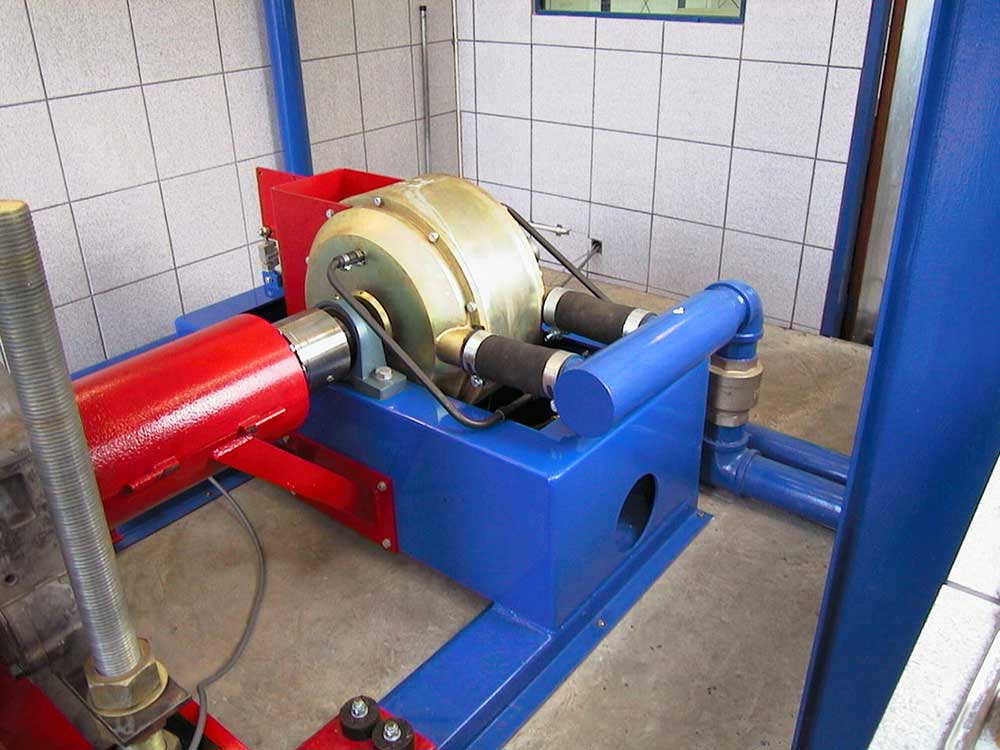
Uncover how precise testing impacts vehicle safety and performance, shaping the future of road safety in surprising ways.
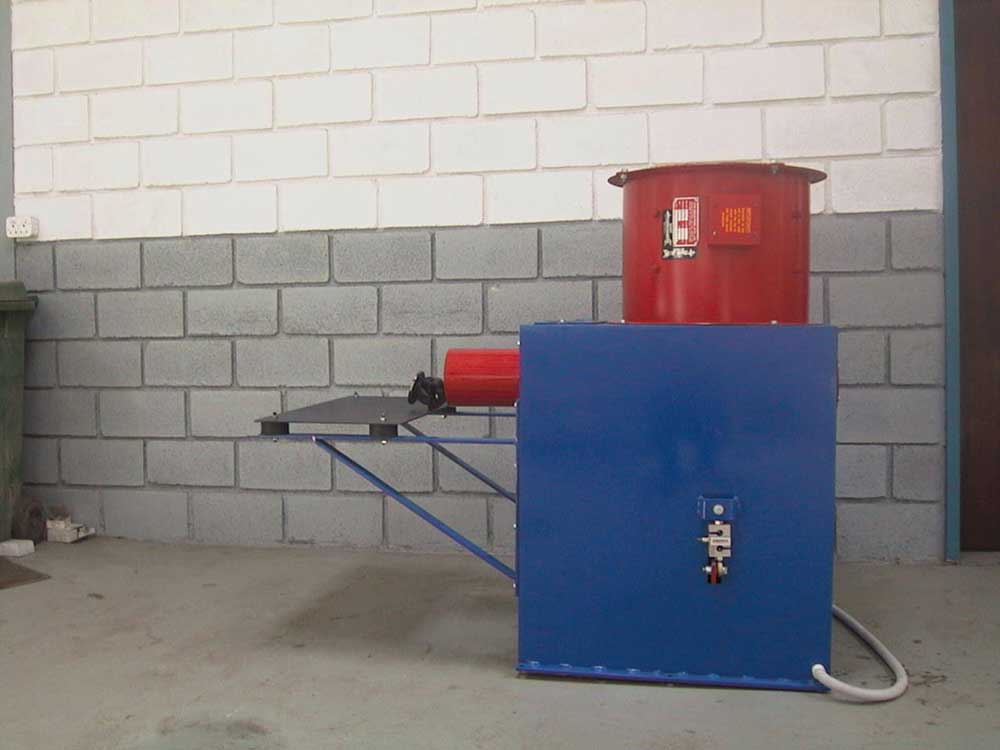
Harness the power of dynamometers across various industries to unlock unparalleled performance – discover their transformative impact!
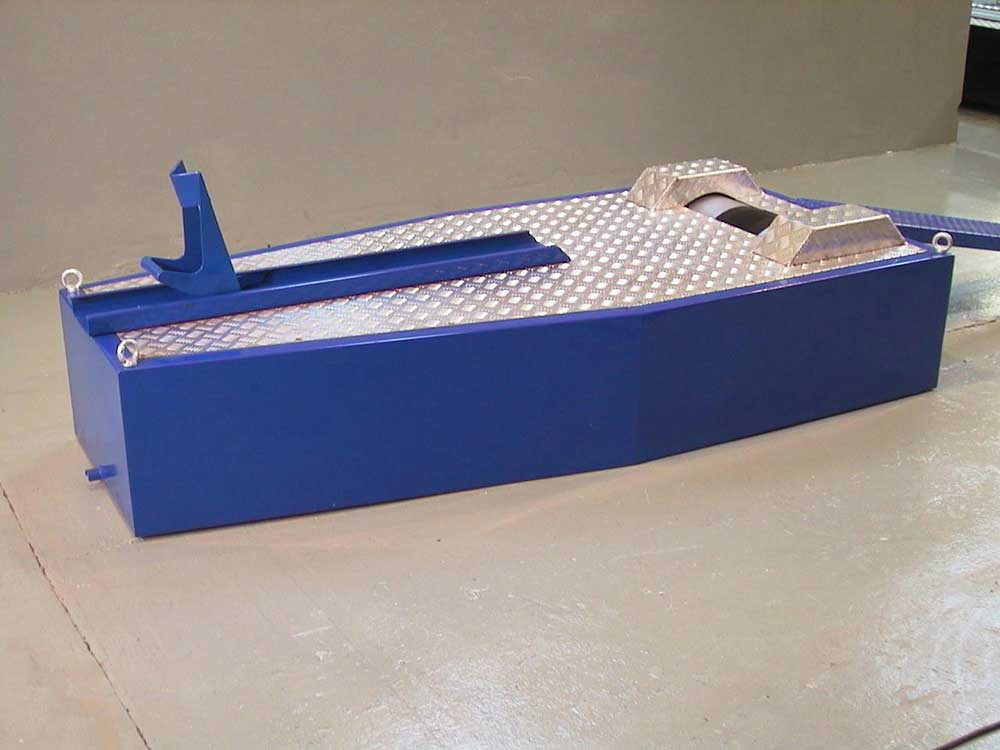
Peek into how dynamometers have transformed vehicle tuning, promising precision and power enhancements beyond imagination.
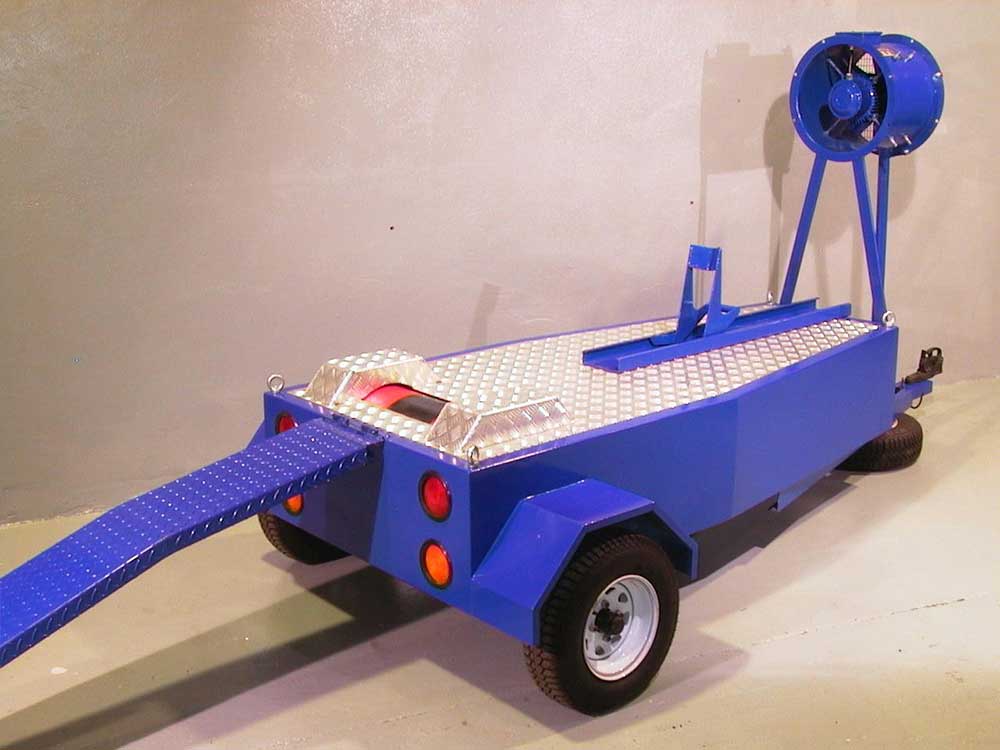
Yield to the allure of personalized wealth management services at Hyper Power and discover the transformative journey that awaits.
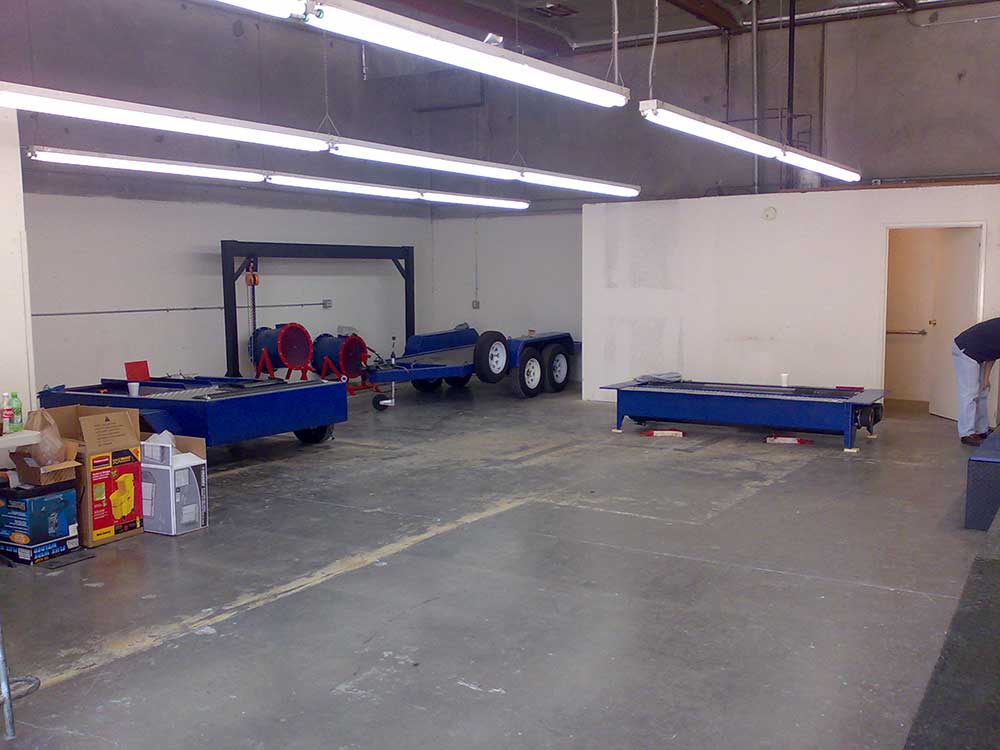
Harness the power of dynamometers to revolutionize automotive engineering and push the boundaries of innovation in the industry.
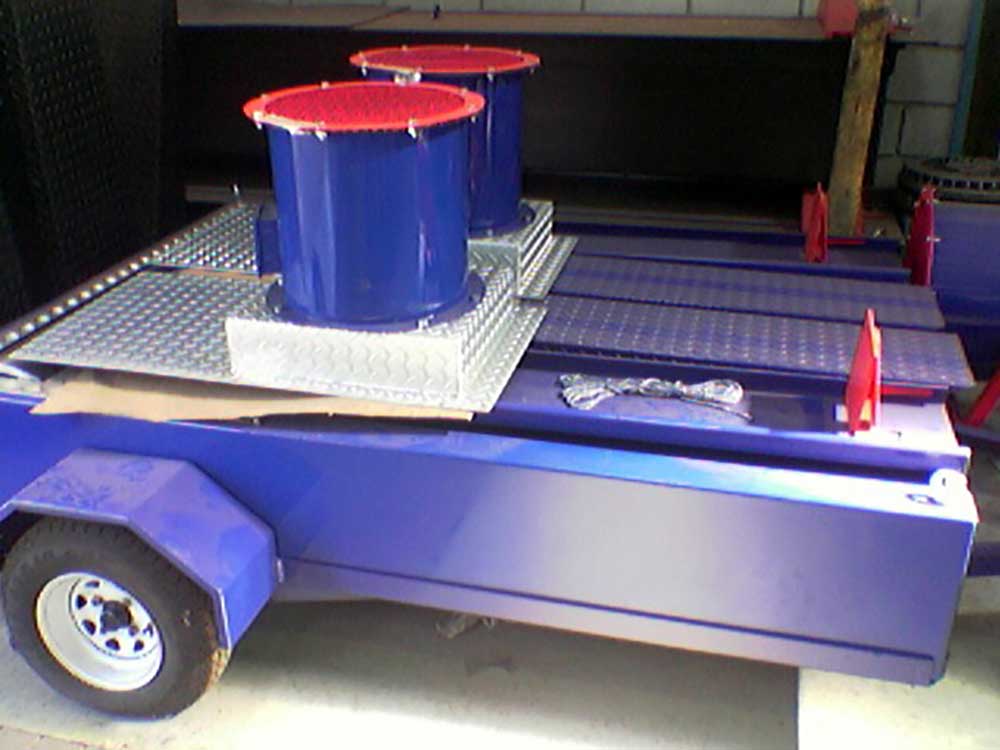
Uncover how a dynamometer unlocked performance gains beyond expectations, revolutionizing vehicle capabilities.

Accelerate your business growth with hyper power dynamometers, revolutionizing efficiency and performance optimization in various industries.


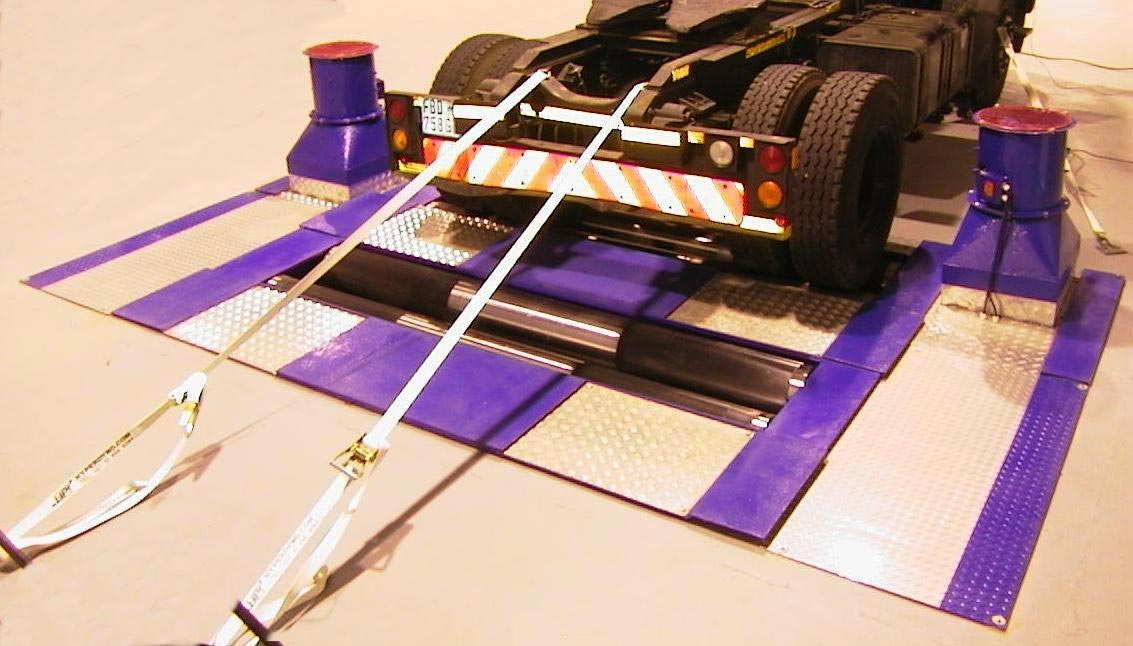



Hyper Power, the leading name in dynamometer solutions, offers unparalleled precision and reliability for all your performance testing needs.